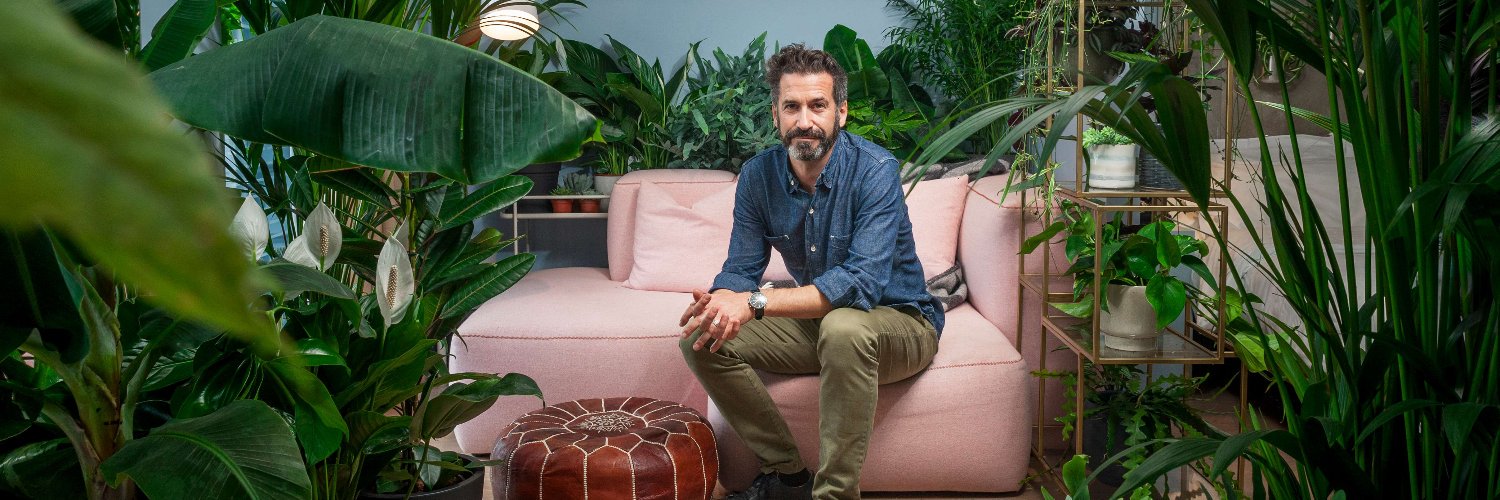In the third and last of my interviews with Oliver Heath of Oliver Heath Design, we discuss the use of colour. A subject close to every designer's heart!
How does colour come into biophilic design?
One of the three concepts at the heart of biophilic design is indirect connections to nature, including colours inspired by nature.
At Oliver Heath Design, we use a colour theory called Ecological Valence Theory . It suggests we react well to colours we've previously had positive experiences of. Positive experiences in nature unite nearly all of us, whatever our social, cultural, and geographic connections to different colours.
Do humans respond to colour in the workplace?
The theory suggests the colours we find in nature can elicit a similar emotional response in spaces. If you think of the colour blue and shades of blue, they remind us of cool, calm pools of water. So shades of blue in the workspace can be calming, relaxing and therapeutic.
Green can be more creative. It's more energising and stimulating and reminds us of the fresh shoots of spring.
Yellows are more reminiscent of summer sunshine and ripe crops. They remind us of the warmth and social quality of summer. Bright yellows are very welcoming, friendly colours.
Colours like oranges and reds are stimulating colours. They remind us of ripe fruits and berries. They're colours with a little bit of energy to blend together.
Colour-changing lighting mimics the external light and temperature. So, it might be orange moving to yellow in the morning. In the middle of the day, it'll be a stimulating and energising blue. Then, as it moves through into the evening, it will go back to yellow and orange, essentially removing that energising blue light quality.
What other natural elements do you consider when you're designing spaces?
Another theory we think about when designing workplaces for wellness and restoration focuses on nature: Attention Restoration Theory .
The theory suggests we have two different types of attention. Directed attention is what we do as human beings very well. We're good at focusing and delivering on tasks. It comes from an evolutionary experience, whether that's hunting and gathering or looking for food. Effortless attention provides something to gaze at without demanding too much attentiveness. It creates what's called 'soft fascination'.
When you look out on nature, particularly elements of nature that move, like leaves on a tree or ripples on a pool of water, it's called non-rhythmic sensory stimuli. It's calming, relaxing, restorative movement that's beneficial and helps us restore our mental focus more quickly. It explains why we have fish tanks in doctors' surgeries and dentists' waiting rooms. It's that seemingly randomised, chaotic movement that's always changing yet remaining the same.
In what other ways can nature help us?
Biophilic design allows people not just to sit in a blank room and say, here's your wellness room, go and recuperate. It's giving someone the visual and sensory cues to recuperate faster and more efficiently, so looking out onto nature - plants and trees or water in a fish tank - is essential.
There was a seminal study in the 1980s by a psychologist called Roger Ulrich . He looked at recuperation rates of patients coming out of the hospital for gall bladder surgery over five years. They were recuperating in two different types of room. One group overlooked a brick wall, while the other looked over trees and greenery. The patients who looked over trees and greenery recuperated 8.5% faster.
Subsequent studies show patients who recuperate in natural light do so with 22% less pain care medication. They feel less pain.
If you're designing hospitals for people to get better, then include nature, which people react well to. It's not appropriate when building a hospital to minimise building costs, but amazingly so many are designed that way.
- Oliver Heath is a biophilic design expert. He is the founder and owner of Oliver Heath Design, a sustainable architecture and interior design practice in Brighton.
